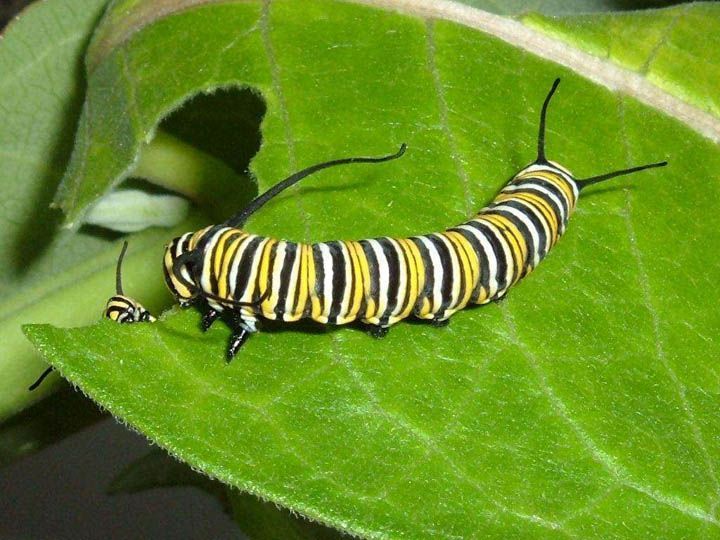Parts of the Flower
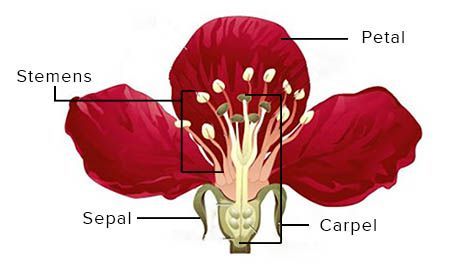
Sepals
The sepals are small leaf-like structures, found at the base of the flower.
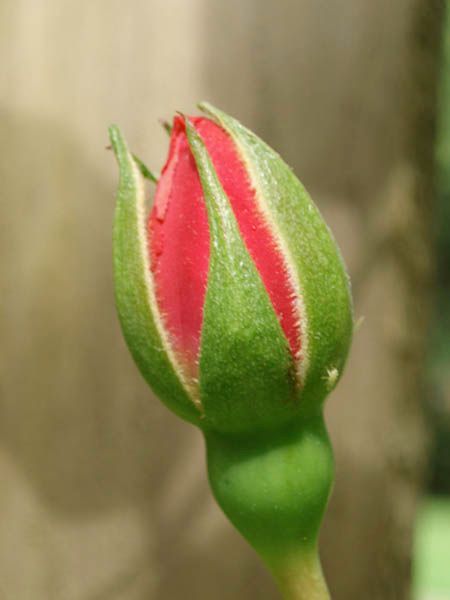
Their main function is to protect the flower in the budding stage.
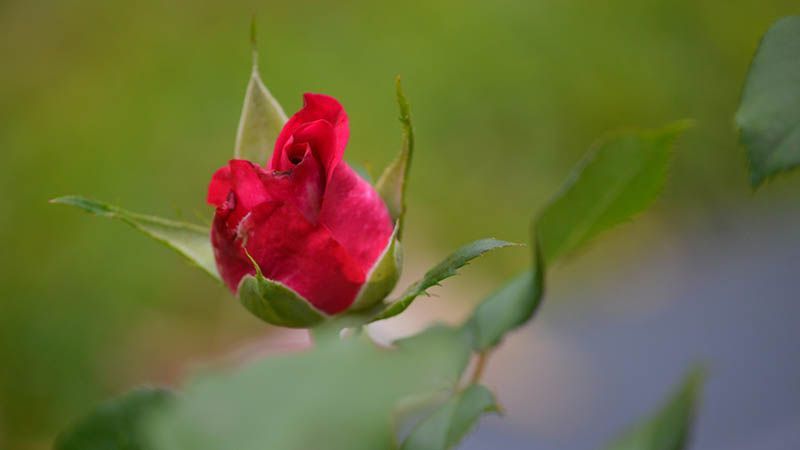
Sepals together form the calyx of the flower.
As the flower opens out from it's bud state, the calyx separates into individual sepals.
Petals.
Petals are brightly coloured and sometimes scented.
Their main function is to attract insects and birds.
The petals together form the corolla of the flower.
The petals also protect the delicate inner parts of the flower.
E.g. The petals of tulip close, when it begins to rain, to protect the pollen grains.
Types of Flowers
A flower having both male and female reproductive parts is called a bisexual flower or perfect flower.
Examples of such flowers are lilies, gulmohars, roses, hibiscus, and sweet peas.

These flowers are called complete flowers.
They bear all four parts - sepals, petals, stamens and pistils.
A flower having either male or female reproductive parts is called a unisexual flower or imperfect flower.
Examples of such flowers are pumpkin, papaya, watermelon, bitter gourd, and corn.
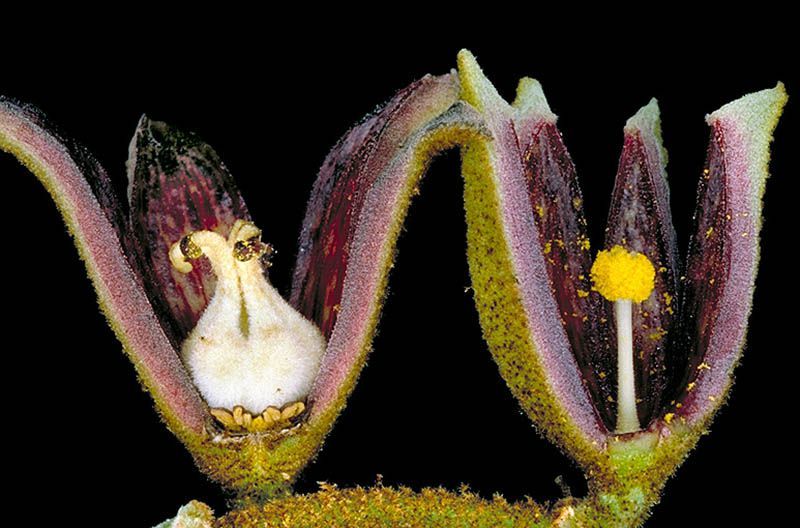
These flowers are called incomplete flowers.
They have one of the four parts missing.
